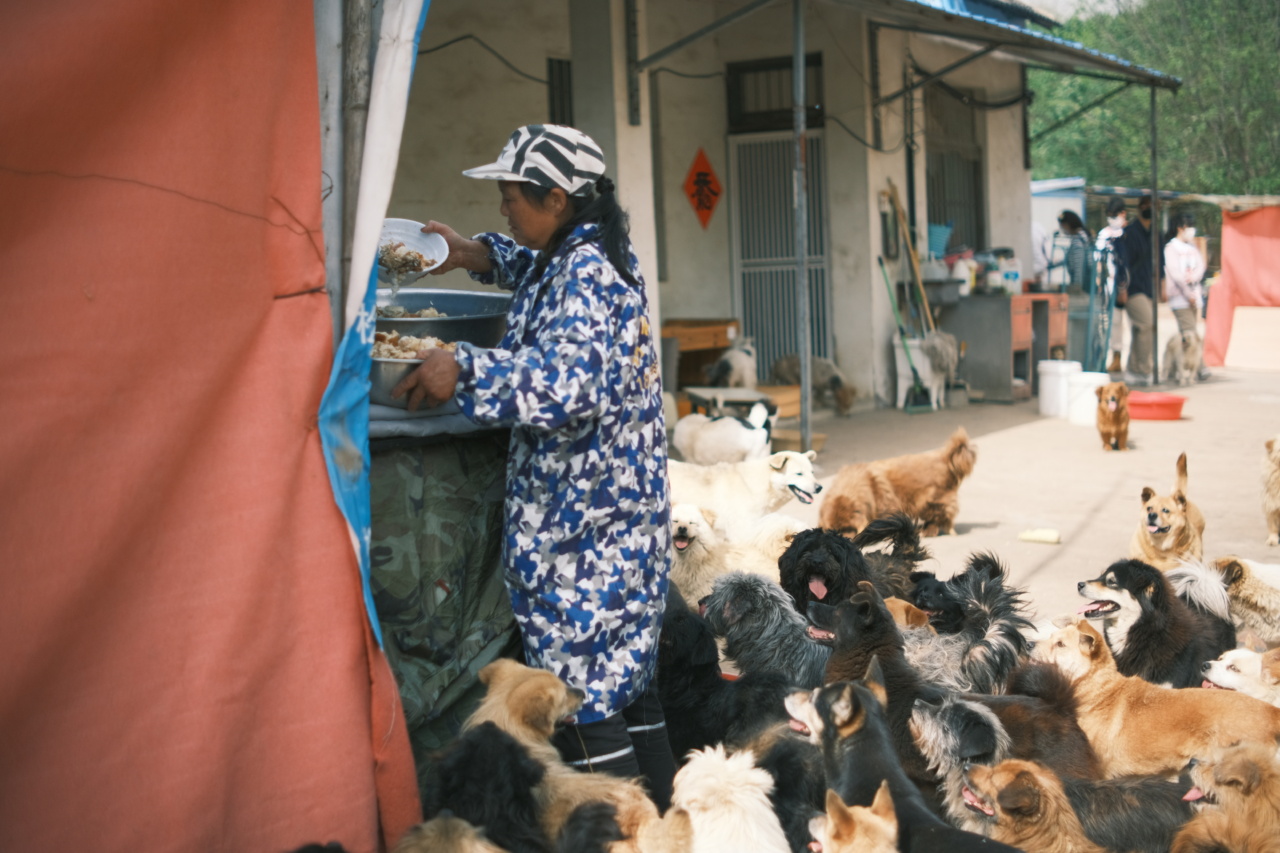As pet owners, we always want what’s best for our furry friends. We carefully choose their food to ensure they receive the necessary nutrients for optimal health.
However, with the rise of genetically modified organisms (GMOs) and mutant foods, it’s crucial to understand the potential risks and implications of feeding these products to our pets.
What are Mutant Foods?
Mutant foods, sometimes referred to as genetically modified foods, are products that have had their genetic material altered through genetic engineering techniques.
This involves manipulating the DNA of the plant or animal to achieve specific traits or characteristics. While the concept of genetic modification aims to enhance qualities such as improved pest resistance or increased nutritional value, the safety and long-term effects of these alterations remain a topic of ongoing debate.
Health Risks to Pets
Feeding mutant foods to pets presents several potential health risks that should not be overlooked. It’s essential to consider these risks before including genetically modified ingredients in your pet’s diet:.
1. Allergic Reactions
Genetic modification can introduce new proteins into plants or animals that may trigger allergic responses in some pets. As the proteins may differ from their natural counterparts, pets may develop allergies or intolerances to these ingredients.
Common symptoms include itching, gastrointestinal disturbances, and even anaphylaxis in severe cases.
2. Organ Damage
Studies have suggested that mutant foods might have detrimental effects on the organs of animals. Some research has shown correlations between genetically modified ingredients and liver, kidney, and reproductive organ damage in animals.
While further investigation is needed, these findings raise concerns about the potential impact on our pets’ long-term health.
3. Antibiotic Resistance
In some cases, mutant foods are engineered to be resistant to herbicides or pests. This resistance often involves incorporating antibiotic resistance genes into the plant or animal’s DNA.
The overconsumption of mutant foods could contribute to the development of antibiotic resistance in both pets and humans, limiting the effectiveness of antibiotics in fighting common infections.
4. Nutritional Deficiencies
Genetic modification can alter the nutritional composition of foods. Although the aim is often to enhance certain nutrients, the unintended consequences can lead to imbalances or deficiencies in other essential elements.
Feeding mutant foods exclusively to your pets may result in inadequate nutrient intake, potentially compromising their overall health and well-being.
5. Digestive Issues
Pets have sensitive digestive systems that can be disrupted by various factors, including the consumption of mutant foods.
Since genetically modified ingredients differ from those found in natural foods, they may have adverse effects on gut microbiota and digestive enzymes. This disruption can lead to digestive problems such as diarrhea, constipation, or irritable bowel syndrome.
6. Unknown Long-Term Effects
One of the primary concerns surrounding mutant foods is the lack of long-term studies on their effects.
While short-term studies may not show immediate harm, the potential consequences of prolonged exposure to genetically modified ingredients remain uncertain. Without thorough research, it is difficult to assess the true risks of these foods for our beloved pets.
7. Environmental Impact
The production of mutant foods often involves heavy pesticide and herbicide use.
This widespread use of chemical agents can have significant negative consequences for the environment, including the contamination of soil, water sources, and the killing of non-target organisms. As pet owners, considering the wider environmental impact of the food we feed to our pets is essential.
8. Lack of Transparency
The labeling standards and regulations regarding mutant foods can vary across different regions. Some countries require clear labeling of genetically modified ingredients, while others may have less strict regulations.
This lack of consistent transparency and information makes it challenging for pet owners to make informed decisions about the food they choose for their pets.
9. Limited Alternatives
Feeding pets can be a challenge, especially for those with specific dietary requirements or conditions. While the potential risks of mutant foods are concerning, limited alternatives may make it difficult to completely avoid these products.
Pet owners often have to strike a balance between their pets’ specific needs and the potential risks associated with genetically modified ingredients.
10. Ethical Concerns
Lastly, some pet owners have ethical concerns related to the production and use of genetically modified ingredients. They may question the moral implications of manipulating the genetic makeup of living organisms for commercial purposes.
These concerns reflect the overall debate surrounding genetically modified foods in both human and animal consumption.
Conclusion
While the use of mutant foods in pet nutrition is still a heavily debated topic, the potential risks surrounding their consumption cannot be ignored.
As responsible pet owners, it is essential to stay informed, weigh the available evidence, and make decisions that prioritize the health and well-being of our pets. Consulting with a veterinarian and considering alternative, non-genetically modified food options can help ensure that our pets receive the safest and healthiest diets possible.































